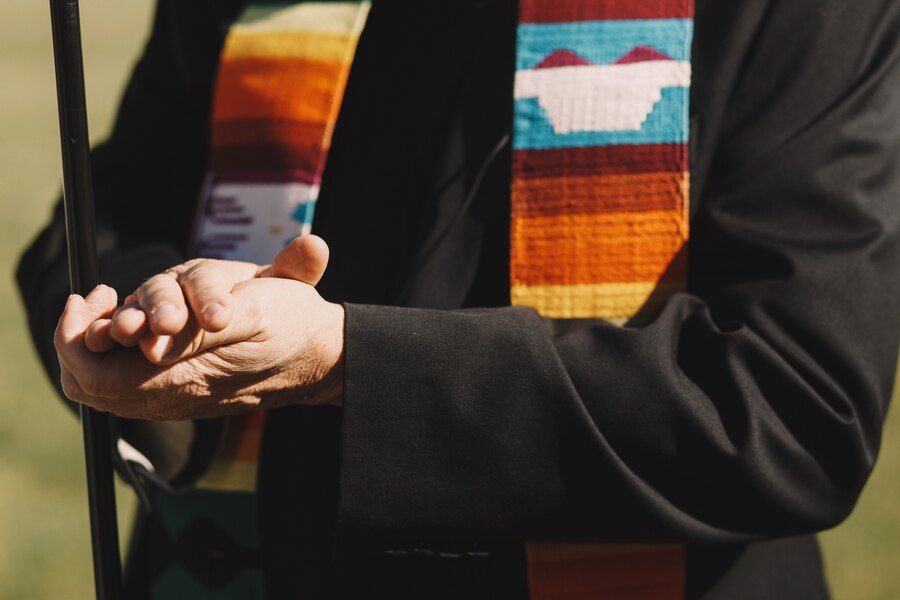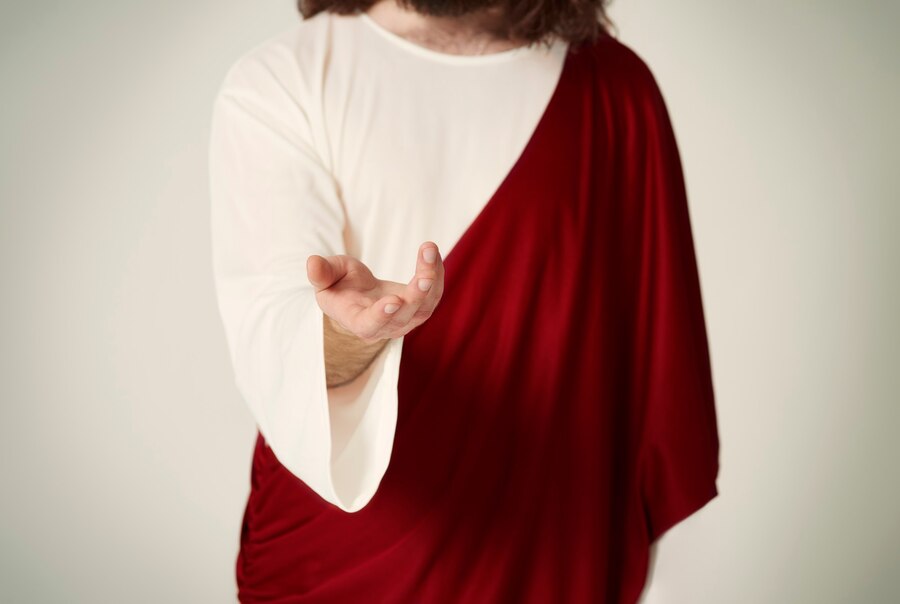A chasuble is a sleeveless outer vestment worn by priests and ministers during Christian liturgical services, most commonly in Catholic, Anglican, and some Lutheran and Methodist churches. As an essential part of traditional church attire, the chasuble carries both symbolic and functional significance. Here’s a closer look at its history, purpose, and the symbolism behind this distinctive garment.
What is a Chasuble?
The chasuble is a large, flowing, circular garment with an opening for the head, often draping over the shoulders and reaching down to the knees or lower. It is worn over other vestments, such as the alb and stole, and is typically reserved for the celebration of the Eucharist or other special liturgical ceremonies.
History of the Chasuble
The chasuble originated from a Roman garment called the “casula,” which was a simple cloak worn for warmth and protection. Over time, as Christian liturgy developed, this outer cloak evolved into a symbol of religious significance. By the Middle Ages, it had become a distinct liturgical garment, decorated with embroidery and designs that reflected the sacred nature of worship.
Symbolism of the Chasuble
Representation of Charity and Love: The chasuble symbolizes the virtue of charity, as it envelops the priest, reminding them of their role in embodying and sharing divine love with the congregation.
Burden and Service: Some interpret the chasuble as a symbol of the “yoke” or responsibility that the priest bears in service to God and the church community.
Colors and Liturgical Seasons: Chasubles are crafted in different colors to reflect the liturgical calendar. Each color carries unique symbolism:
White: Worn during Christmas and Easter seasons, symbolizing purity, joy, and the celebration of Christ.
Red: Used on Pentecost, Palm Sunday, and martyrs’ feast days, representing the Holy Spirit, sacrifice, and the blood of martyrs.
Green: Worn during Ordinary Time, symbolizing hope, growth, and life in faith.
Purple: Used during Advent and Lent, representing penance, preparation, and reflection.
Gold: Sometimes used on special feast days, symbolizing honor and celebration.
The Design and Fabrics of Chasubles
Modern chasubles come in various styles, materials, and designs, often adorned with intricate embroidery, crosses, or other religious symbols. Traditional chasubles are crafted from high-quality fabrics like silk or brocade, with gold or silver thread used for embroidery. Contemporary designs may incorporate lighter materials for comfort, while still maintaining the solemnity and reverence of the garment.
Types of Chasubles
There are two primary styles of chasubles:
Gothic Chasuble: The more common style today, characterized by its flowing and full shape, allowing for greater freedom of movement.
Roman or Fiddleback Chasuble: Shorter and more structured, with a distinct rectangular shape across the back, often preferred in more traditional liturgical settings.
When is the Chasuble Worn?

The chasuble is typically worn during the Mass, especially during the Eucharistic celebration. It is not worn during other sacraments like confession or baptism, where simpler vestments are more appropriate. Priests and bishops wear the chasuble as a final layer, signifying the solemnity of the sacrament and the sacredness of the role they perform.
Conclusion
The chasuble remains a powerful and beautiful symbol within Christian worship, representing love, sacrifice, and commitment to serving God and the community. Its rich history and deep symbolism make it an important vestment that both honors tradition and enhances the solemnity of liturgical celebrations.
FAQs
What is the purpose of a chasuble?
The chasuble is worn by priests during the Eucharist to symbolize charity, service, and the sanctity of the Mass.
Why are chasubles different colors?
The colors of chasubles correspond to the liturgical calendar, with each color symbolizing specific seasons or themes within the church year.
What materials are used to make chasubles?
Chasubles are traditionally made from silk, brocade, or other high-quality fabrics and often feature intricate embroidery.
When is a chasuble worn in church services?
The chasuble is worn over other vestments during the Mass, especially when celebrating the Eucharist, to emphasize the sacred nature of the sacrament.
What’s the difference between Gothic and Roman chasubles?
Gothic chasubles are full and flowing, while Roman chasubles are shorter, more structured, and have a rectangular shape, often preferred in traditional settings.
